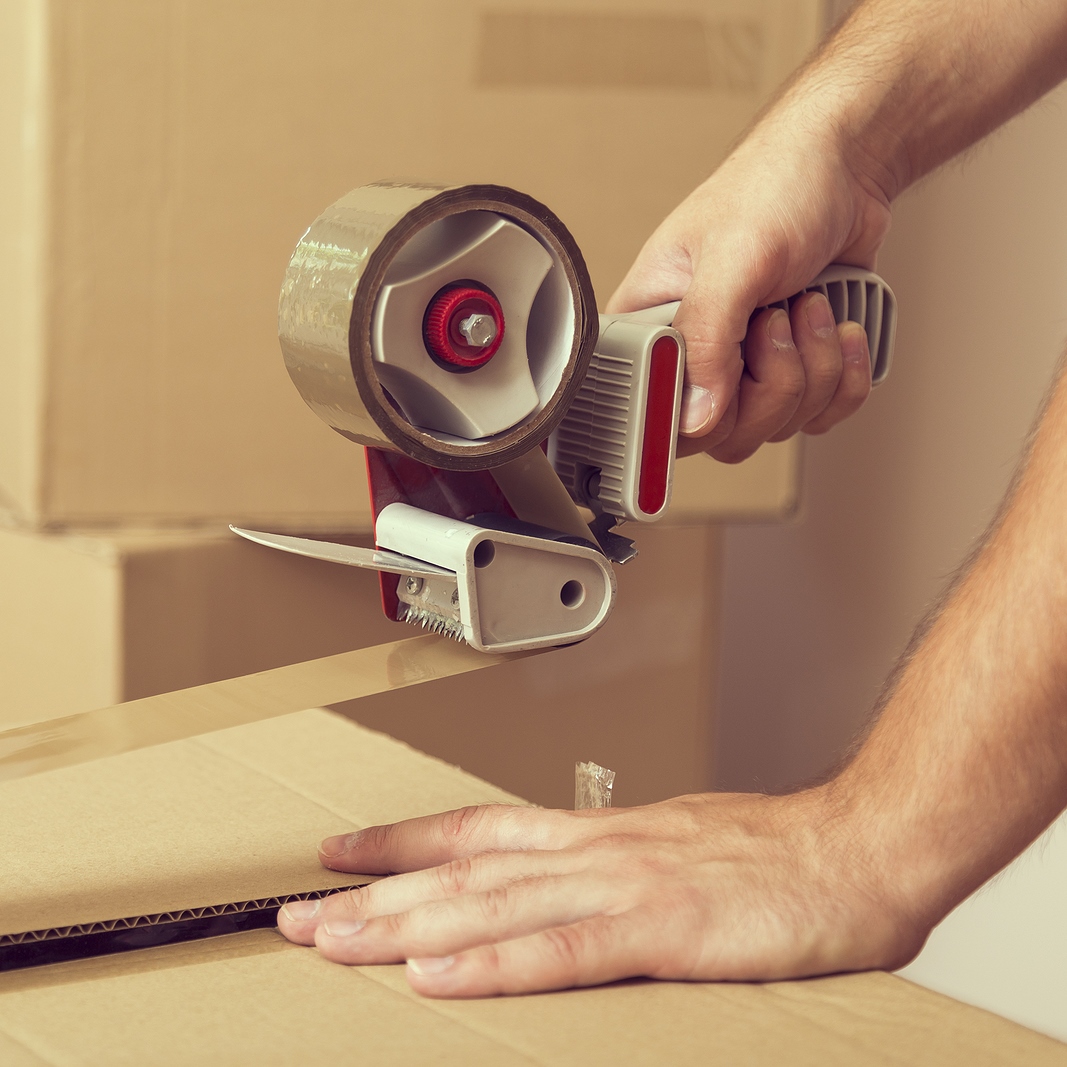
Getting art from A to B isn’t as simple as popping to the post office and slapping a stamp on a newly-sold masterwork. You need to manage the multifaceted processes with finesse and efficiency at the top of the priorities list.
To that end, here are a few tips that will take the sharp edges off art shipment, making it a pleasure rather than a chore.
Selecting Appropriate Packing Materials
Shipping fine art demands careful attention to detail, especially when choosing packing materials. As the market grows beyond $67 billion, this is not something you can afford to get wrong.
Here’s how you can optimize this step.
- High-Quality Foam and Bubble Wrap: Use these for cushioning to absorb shocks and vibrations during transit. Think of them as a safety net for your artwork.
- Acid-Free Tissue Paper: Protect the surface of the artwork from chemical reactions that can cause damage over time. It’s like wrapping a fragile gift in a protective cloth.
- Custom-Sized Boxes: Avoid one-size-fits-all solutions. Tailor boxes to fit each piece perfectly, reducing movement inside the box.
- Corner Protectors: Reinforce edges with sturdy protectors to guard against accidental drops or impacts, similar to bumpers on a car.
Put simply, specialized packing materials reduce risk and enhance client satisfaction. Plus, streamlined packing reduces long-term costs by preventing potential damage claims.
This is something you’ll see handled well in other industries, and so inspiration can be found elsewhere.
For instance, meal kit delivery services need to get fresh ingredients to customers in one piece week after week, and their packaging must reflect the unique requirements involved while still being cost-effective. And since you can save money with a HelloFresh prepped meal kits voucher, you can get a sense of what’s involved without breaking the bank.
Implementing Real-Time Tracking Systems
Real-time tracking systems are a must-have in the modern art shipment industry, with the investment potential of this asset making moment-to-moment oversight while it’s on the move more important than ever.
Here’s how to leverage them effectively.
- GPS Integration: Use GPS technology for precise location tracking of shipments, providing peace of mind for both you and your clients.
- Automated Alerts: Set up automated notifications for critical milestones like departure, arrival, or delays. It’s like having a digital assistant keeping you updated.
- Centralized Dashboard: Manage all shipments through a single platform. This central hub simplifies monitoring multiple consignments simultaneously. Specialized solutions like parcelLab and TrackingMore are worth considering in this context.
- Mobile Access: Ensure that your tracking system is mobile-friendly so that updates are accessible on the go via smartphones or tablets.
With real-time tracking, you gain control over every step of the shipping process. These systems can preemptively flag potential issues, allowing quick responses to avoid disruptions.
Clients appreciate transparency, and knowing exactly where their valuable pieces are at any moment builds trust and reliability in your service. And since trust will enhance your chances of securing repeat sales by 88%, this is central to retention.
Utilizing Custom Crating Solutions
Custom crating is another cornerstone consideration for shipping valuable art pieces safely.
Here’s how to make the most of it.
- Tailored Fit: Design crates specifically for each piece, ensuring a snug fit that minimizes movement and potential damage.
- Durable Materials: Use high-quality wood or composite materials to build sturdy crates. These provide robust protection against external impacts, which are basically inevitable given that the average package will suffer 17 drops in the course of delivery.
- Internal Padding: Line the inside with foam or other cushioning materials, as mentioned earlier. This absorbs shocks during transit, acting like shock absorbers in a car.
- Climate Control Options: For sensitive items, incorporate climate control features within the crate to maintain stable temperature and humidity levels.
Custom crating solutions safeguard your art shipments effectively by combining durability with precision engineering. They protect and also simplify handling logistics by creating easily manageable units tailored to each artwork’s needs. So, for a one-two punch of efficiency and risk reduction, look no further.
Leveraging Insurance and Risk Management Tools
Insurance and risk management are unsurprisingly pertinent when it comes to protecting your art shipments.
Here’s how to maximize their effectiveness.
- Comprehensive Coverage: Choose insurance policies that cover a wide range of risks, from theft to accidental damage. This keeps you financially insulated from a cavalcade of catastrophes. With the art insurance market being worth over $2.9 billion, it’s clearly a price worth paying.
- Specialized Art Insurers: Work with insurers who specialize in fine art. They understand the unique needs and offer tailored coverage options.
- Regular Assessments: Conduct regular risk assessments to identify potential vulnerabilities in your shipping process. If you don’t know what could go wrong, it inevitably will.
- Documentation Practices: Maintain detailed records of every shipment, including condition reports and photographic evidence. Proper documentation allows for a less vexing claims process if something does go awry.
All this feeds into defending the physical artwork against issues, as well as your business reputation from the ramifications of shipping mishaps. These measures provide peace of mind for both shippers and clients, demonstrating professionalism and thoroughness at every step.
Final Thoughts
Your relationship with the art shipment process is important whether you’re handling it for business purposes or sending a prized possession from one location to another. The more it is streamlined without sacrificing the end result, the more you will appreciate putting in the effort up-front to ensure issues are ironed out.
